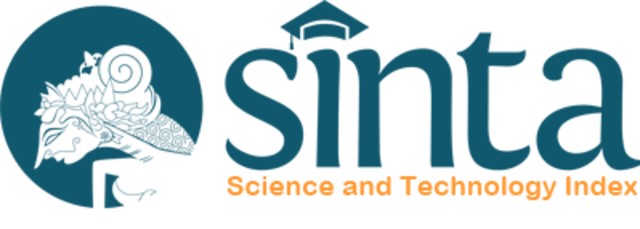Strategi Pengembangan Usaha PT Godongijo Asri, di Depok Jawa Barat
Abstract
Micro, small, and medium enterprises (MSMEs) are often referred to as one of the pillars of a region's economic strength. This is because MSMEs have the flexibility and ability to adapt to rapidly changing market conditions compared to large-scale companies. Depok City is one of the most strategic areas in West Java Province. Its location and position as a buffer for the capital city and its strong influence on economic growth in the surrounding area are an opportunity as well as a challenge so that Depok is be able to align its economic opportunities with the potential and direction of governance that have been structured. Godongijo, as one of the ecotourism MSMEs in Sawangan, has experienced a decrease in income in the last few months. Some of the causes are influenced by the nature of the tourism industry with different market needs due to developing trends, economic fluctuations, competition between tourist resort entrepreneurs, and the COVID-19 pandemic. Therefore, Godongijo needs to develop a competitive advantage that can provide high profits and the stability that determines the sustainability of its business. Primary data collection was obtained through direct observation and interviews with Godongijo Management. In addition, questionnaires were distributed to MSME players in the Godongijo area. Secondary or library data collection is obtained from national and international journals as well as research documents related to the development of local entrepreneurship. The strategy formulation method is based on internal and external factor analysis IE matrix, Strength, Weakness, Oppourtunities & Threats matrix (SWOT), and Quantitative Strategic Planning Matrix (QSPM). For the future, there are several development strategies from the results of the analysis that can be used according to the needs and business conditions of UMKM in Godongijo, such as making a characteristic gate or Godongijo icon so that it is quickly recognized by tourists in the city or outside the city, making the parking area wider, and establishing a Mini Zoo for children's educational tours.
Downloads
References
Damanik, J. dan H.F. Weber. 2006. Perencanaan Ekowisata: Dari Teori ke Aplikasi. Yogyakarta: CV. Andi Offset.
Fennel, D.A. 1999. Ecotourism Policy and Planning. London: CABI Publishing
Kurniasari, E., E. Rustiadi dan F. Tonny. 2013. Strategi Pengembangan Ekowisata Melalui Peningkatan Partisipasi Masyarakat, Studi Kasus Komunitas Kelurahan Kalimulya Kota Depok. Jurnal Manajemen Pemba-ngunan Daerah; 5(2): 32-47, Oktober 2013. Depok
Mardani, A., F. Purwanti dan S. Rudiyanti. 2017. Strategi Pengembangan Ekowisata Berbasis Masyarakat di Pulau Pahawang Propinsi Lampung. Journal of Maquares Vol. 6, No. 1, Tahun 2017, Hal. 1-9. Management Of Aquatic Resources. Lampung.
Piri, J., B. Jenny dan A. Maweikere. 2019. Strategi Pengembangan Kawasan Ekowisata Pantai Firdaus Di Desa Kema Dua Kecamatan Kema Kabupaten Minahasa Utara. Journal of Agribusiness and Rural Development; Vol. 1 No. 4, Oktober 2019: 302-313.
Porter, M. E. 2007. Strategi Bersaing: Competitive Strategy. Tangerang: Karisma Publishing Group.
Sagala, N., I.R. Pellokila. 2019. Strategi Pengem-bangan Ekowisata Hutan Mangrove Di Kawasan Pantai Oesapa. TOURISM: Jurnal Travel, Hospitality, Culture, Destination, and MICE, 2(1): 47-63.
Sugihamretha, I.D.G. 2020. Respon Kebijakan: Mitigasi Wabah Covid-19 Pada Sektor Pariwisata. The Indonesian Journal of Development Planning, Volume IV No. 2: 191-206.
Sulaiman, M.Z., M. Nasiruddin, A. Aziz, M.H. Abu, N.A. Halili & M.A. Azuddin. 2020. Matterport: Virtual Tour as A New Marketing Approach in Real Estate Business During Pandemic. 502(Imdes): 1-6.










